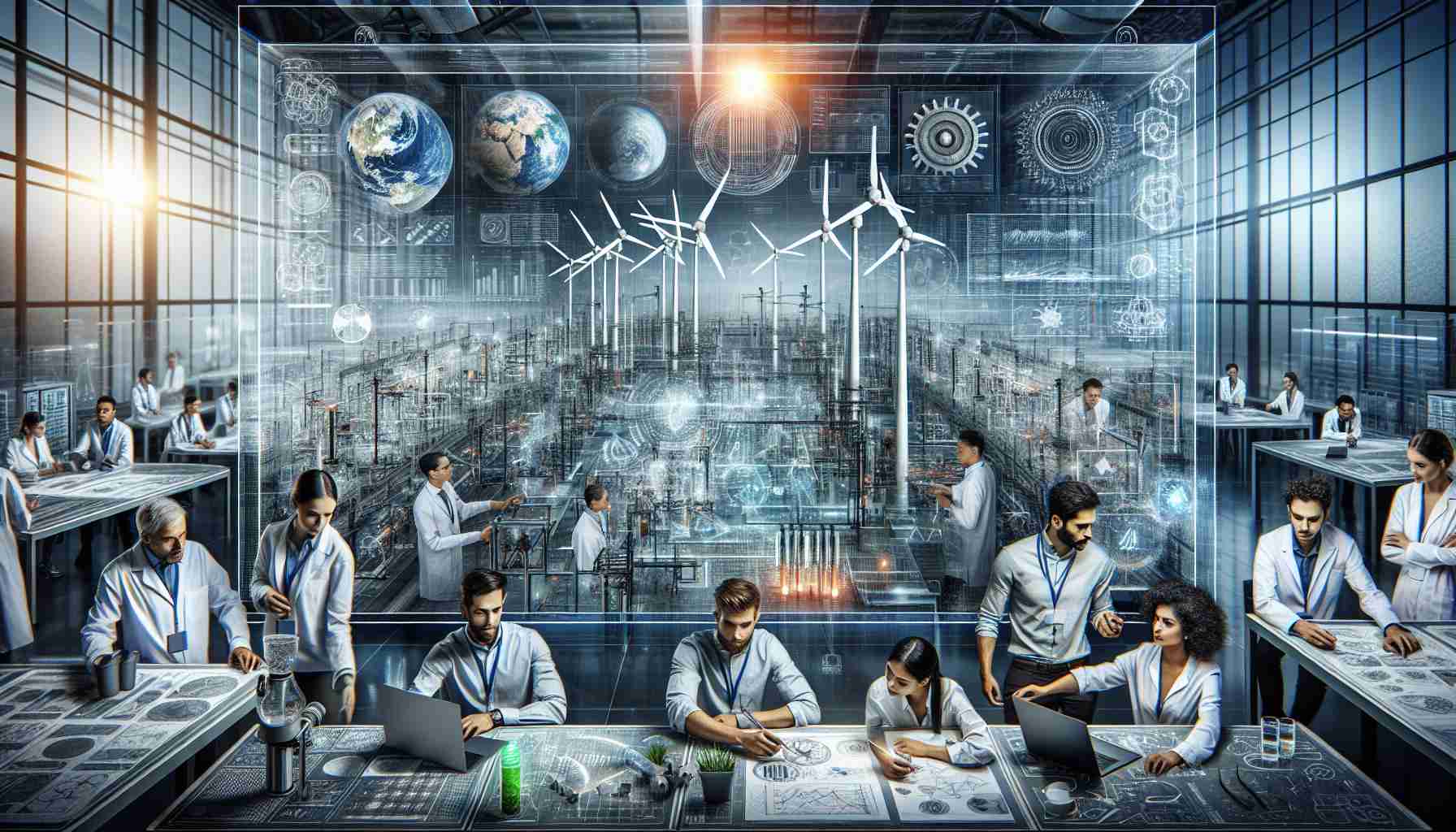An alliance between top automakers Nissan, BMW, Ford, and Honda has paved the way for the revolutionary ChargeScape V2G software. This groundbreaking software enables electric vehicle (EV) owners to easily connect their vehicles to utilities and the power grid. Through ChargeScape V2G, EV owners can now benefit from financial incentives by participating in load-shifting practices during peak electricity demand or by selling excess energy back to the grid.
While some industry giants like Tesla have been reticent about adopting V2G technology, there are hints of a potential shift in stance. CEO Elon Musk recently hinted at the possibility of integrating V2G technology into Tesla vehicles in the near future, potentially as early as 2025. This potential move could signify a significant step towards more sustainable and interconnected energy solutions in the automotive industry.
With a focus on innovation and environmental consciousness, the landscape of sustainable energy solutions is rapidly evolving. The integration of electric vehicles, solar-powered homes, and energy grids is increasingly becoming the focal point of advancements within the EV manufacturing sector. As automakers strive to provide enhanced energy-saving options for consumers, collaborations and developments like the ChargeScape V2G software are setting a new standard for sustainable energy practices in the automotive industry.
Expanding the Horizon of Sustainable Energy Solutions: New Frontiers and Challenges
The innovative alliance between leading automakers Nissan, BMW, Ford, and Honda that brought about the cutting-edge ChargeScape V2G software has indeed signaled a groundbreaking leap in sustainable energy solutions. However, as the momentum for collaboration in this sector grows, several pertinent questions arise, delving deeper into the complexities and potential controversies associated with these advancements.
Key Questions:
1. How does V2G technology impact the overall efficiency and reliability of the power grid during peak demand periods?
2. What are the challenges and limitations faced by EV owners in integrating their vehicles with utilities for load-shifting practices?
3. How do different automakers approach the incorporation of sustainable energy solutions into their vehicle lineups, and what factors influence their decisions?
Challenges and Controversies:
– While the prospect of V2G technology holds promise for balancing energy demand and reducing costs, there are concerns about the wear and tear on EV batteries, potentially affecting their longevity.
– The integration of electric vehicles with the grid raises cybersecurity issues, as these interconnected systems become vulnerable to cyber attacks.
– There is ongoing debate about the economic viability of V2G technology, with discussions revolving around the actual financial benefits for EV owners and overall grid stability.
Advantages and Disadvantages:
On one hand, the collaborative efforts driving innovations like the ChargeScape V2G software offer a glimpse into a future where sustainable energy practices are seamlessly integrated into everyday life. The potential financial incentives for EV owners and the overall positive impact on reducing carbon emissions are clear advantages of such advancements.
However, challenges such as technological complexities, regulatory hurdles, and the need for widespread infrastructure upgrades pose significant obstacles to the widespread adoption of these solutions. Moreover, the reliance on the stability and security of the power grid for successful implementation remains a critical concern.
In conclusion, while the pursuit of innovative collaboration in sustainable energy solutions holds immense promise, it is essential to address the complexities and uncertainties that accompany these advancements. By exploring the multifaceted landscape of sustainable energy, we can unlock new possibilities while navigating the challenges that shape the path towards a greener future.
For more insights on the latest developments in sustainable energy solutions, visit Energy Department for comprehensive resources and updates in this dynamic field.
